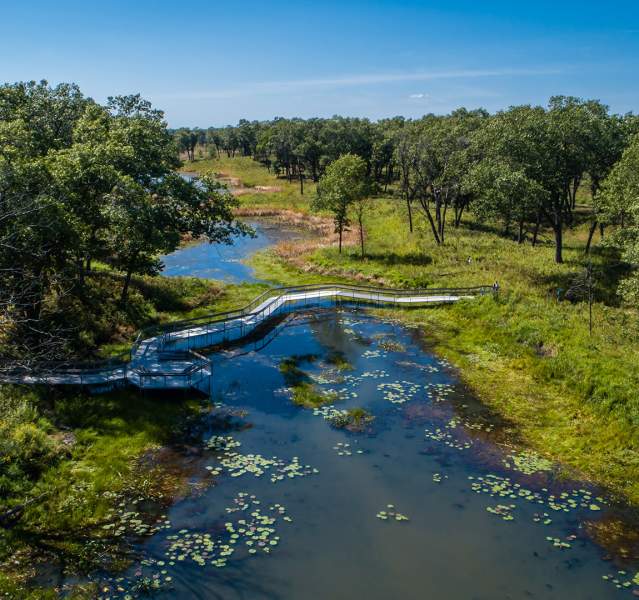Discover Miller Woods (Paul H. Douglas Trail)
Miller Woods features many ways to enjoy the wonder of the Indiana Dunes. Begin your visit at the Paul H. Douglas Center for Environmental Education and learn more about the amazing plants, animals, amphibians, and insects of the Indiana Dunes. Take the one-mile Douglas Center trail loop and stroll through a globally rare black oak savannah and over gently sloping ramps and boardwalks with beautiful views of tranquil pools and wetlands.
If you’re ready to go further, walk the three-mile out-and-back trail winding through dunes, wildflowers, and native grasses all the way to the sandy shore of Lake Michigan. The rolling “swells and swales” of the dune ridges and interdunal ponds are geological reminders of where the mighty great lake’s waves once lapped the shore thousands of years ago. Today the wetlands and wildflowers that thrive here offer crucial habitats for migrating birds and butterflies.
Located only a few miles from busy interstates and major metropolitan areas, Miller Woods is an unforgettable example of the fragile beauty of the Indiana Dunes.

The Geological Story of Miller Woods
The gracefully rolling hills and interdunal ponds of Miller Woods are legacies of the last ice age. Enormous glaciers advanced and receded here millions of years ago, carving the landscape and grinding the earth. 20,000 years ago, the shoreline of what we now know as Lake Michigan was far different, and its ancient ice and waves left behind the parallel sandy ridges called “swells and swales” that make the area so distinct.
But that’s not all the glaciers left behind. As they melted, the water gathered in the depressions in the earth, forming the lovely ponds and lagoons visible throughout Miller Woods. These include the fragile and globally endangered pannes, shallow pools of freshwater found in the sand. Today there are only approximately 50 of these pools on Earth.
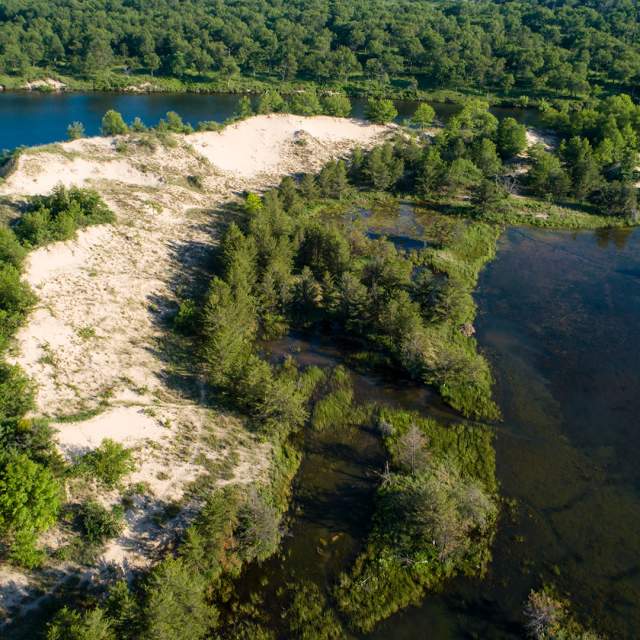
A 0.5-mile accessible trail allows visitors who use wheelchairs or are with limited ability to travel through wetlands and rare black oak savanna.

The Gorgeous Greenery of Miller Woods
Miller Woods is home to an astonishing array of plant life. In fact, 287 different species can be found here. This includes beautiful wildflowers like New England asters, bluestem goldenrods, the lovely white snakeroot, and wonderful violet lupines. Majestic black oak trees rise above native grasses, forming a rare savannah. All of these plants live in delicate balance. If the trees were to spread too far, they could block the sunlight needed by the grass and wildflowers. Likewise, if the undergrowth became too thick, it could inhibit the growth of the trees. For thousands of years, naturally occurring fires ensured this balance remained. Today, park rangers use carefully prescribed burns to preserve this fragile habitat.
Plants You May See
The Indiana Dunes is one of the most biodiverse national parks in the entire country. Over 1,100 flowering plant species and ferns make their homes here. How many flowers can YOU find?
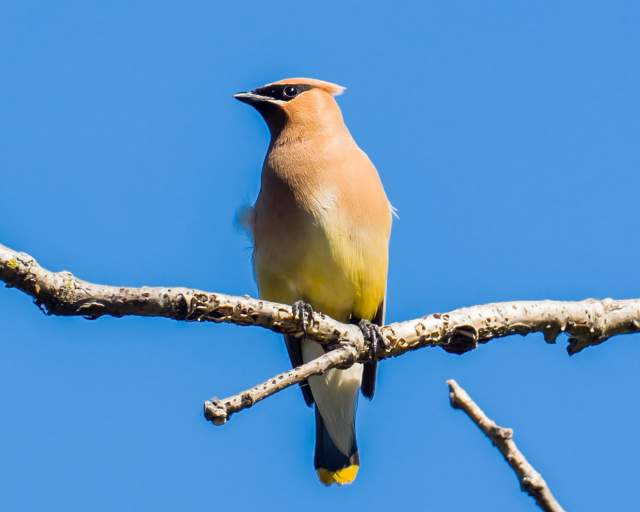
The Beautiful Birds of Miller Woods
The assortment of plants and tree cover, along with the lush wetlands, provides an ideal location for migrating and nesting birds. Visitors can spy graceful herons standing motionless in the water, while above them a flash of yellow announces the arrival of a goldfinch. Birdwatchers have spotted Baltimore orioles here, and Miller Woods often echo with the warbles of wild turkeys and the tapping of woodpeckers.
Because the Indiana Dunes provide a safe haven at the edge of Lake Michigan, over 350 species of birds will make their way through the park throughout the year.
Birds You May See
Grab a copy of this self-led birding tour, and visit six of the Indiana Dunes area birding recommended by local birders. Spectacular birds are waiting for you. Can you spot 'em all?
The Indiana Dunes is one of the most biodiverse areas in the country. Show off your love for the dunes with some swag.
Home of the Paul H. Douglas Center
The Paul H. Douglas Center for Environmental Education is named for the United States Senator from Illinois who first introduced legislation naming the Indiana Dunes a national park in 1958. First designated a national lakeshore in 1966, the Indiana Dunes formally became a national park in 2019. The center named in Senator Douglas’s honor hosts thousands of students, teachers, and families each year.
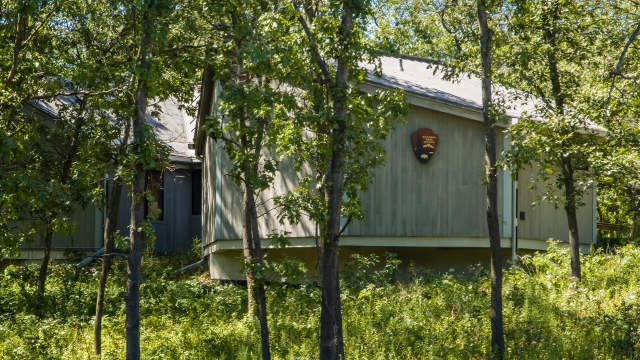
Zippity Quick
Keep your eyes open for the six-lined race runner. This small lizard can run up to 18 miles an hour!
Nature Up Close
Stop inside the Paul H. Douglas Center to see reptiles and amphibians up close. You may even get the chance to help feed them!
Nature Play Zone
If you are visiting Miller Woods with children, be sure to make time to visit the Nature Play Zone, where kids can climb trees and enjoy the outdoors without harming the environment.
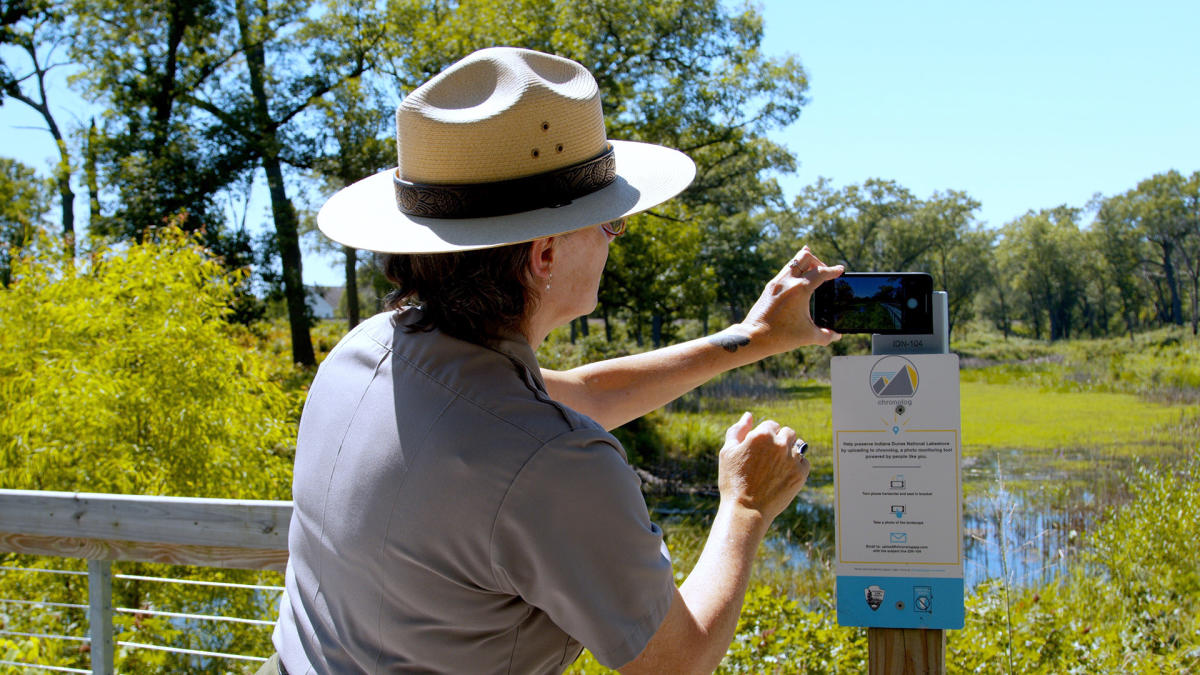
Volunteer By Taking Photos
Through a unique project called Chronolog, visitors can help in this important task. All they need do is stop at the Chronolog photo station on the trail, snap a quick picture, and email it to the National Park Service. The park uses these photographs to create a time-lapse record of changes in Miller Woods. As the years pass, this record will be invaluable in evaluating the efforts to restore this fragile environment.
Plan Your Visit
- 100 N. Lake St.
- 219-395-1882
Black oaks dominate savanna woodlands that are home to 287 recorded species of plants and animals. Hike or ski the 0.9-mile Miller Woods loop trail, which leads past an overlook of marsh that…
What to Expect
The parking lot for Miller Woods is across the street from the Paul H. Douglas Center. After parking in the lot, be sure to look for the marked crosswalk before attempting to cross the road.
Be Ready
Poison ivy can grow alongside the trail, and portions can become wet and muddy. Be sure to wear appropriate clothing and footwear. Bring along a reusable water bottle and snacks.
Be Safe
Mosquitoes and ticks can be a nuisance in the summer, so be sure to use Environmental Protection Agency (EPA)-registered insect repellents. Check yourself for ticks after your hike.
Be Responsible
Visitors must stay on designated trails at all times. We have created a video to help you learn about your role in enjoying the dunes area safely while minimizing your impact on the park.
How to Help
Miller Woods is a rare and fragile ecosystem, and we are all responsible for protecting it for future generations. The Indiana Dunes, as a whole, is one of the most biodiverse areas in the United States. Here are some tips to help you limit your impact on the natural habitats in the dunes area.
Get Involved
Be the Change — Volunteer! Get more involved with the Indiana Dunes! There are many no-hassle, drop-in volunteer opportunities available for everyone. Just show up!
Love & Protect the Dunes
Each of us who visit the Indiana Dunes can also help protect natural heritage, biodiversity, and local culture by taking a few simple steps.
Tales from the Dunes
Indiana Dunes Blog
Indiana Dunes National Park is 5th in the nation for biodiversity. That’s more than Yellowstone, Grand Teton, and the Everglades. Read more about monarchs and other diverse flora and fauna.
Conquer the Diana Dunes Dare: Hiking Adventure and Ghost Story at Indiana Dunes National Park
- 3 minute read
Have I got a dare for you… complete with physical challenges, scenic views, and even ghost stories! Sound…
Spotlight on Wetlands and the Virginia Rail
- 5 minute read
Spring has sprung and that means our Kankakee Sands wetlands are teeming with activity. The Kankakee Sands Bird…
Why We Should Try to Appreciate Spiders
- 5 minute read
Did you know that the first week of April is National Be Kind to Spiders Week? To be kind to spiders (that is, to…
Interesting Facts About the Indiana Dunes
- 6 minute read
There's more to the Indiana Dunes than warm sand, blue water, and miles of hiking trails. For example, as of…
Our Favorite Reasons to Explore the Discovery Trail
- 2 minute read
Less than an hour from Chicago, nestled along the southern shore of Lake Michigan, is an extraordinary…
